In the intricate market, the quality and longevity of a product are often determined by the meticulousness invested in its creation. An often underestimated aspect of the craftsmanship is the process of metal polishing. This process not only enhances the aesthetic appeal of a product but also serves a practical purpose by removing oxidation and preventing further corrosion, significantly prolonging the working life of a metal. As we delve deeper into the nuances of this often understated process, it becomes evident that metal polishing is not a superfluous step but a strategic one.
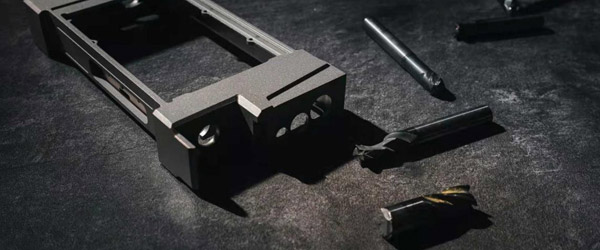
Polishing of metals is a pivotal process that enhances the metal’s aesthetic and functional properties.
Metal polishing, also known as metal finishing or buffing, is the process of improving the surface of a metal object by removing small amounts of material or creating a smoother and shinier surface. This is achieved through a variety of methods, including mechanical grinding, sanding, abrasive blasting, and chemical treatments.
The importance of metal polishing extends beyond mere aesthetics. A well-polished metal surface offers several benefits:
Corrosion Resistance
Polishing removes surface imperfections where corrosive elements can reside, enhancing the polished metals’ resistance to rust and corrosion.
Improved Adhesion
Polished surfaces improve the adhesion of coatings, paints, and sealants, ensuring a longer-lasting finish.
Enhanced Cleanliness
Polished surfaces are easier to clean and maintain, making them ideal for industries where hygiene is paramount, such as food processing and medical equipment manufacturing.
Increased Lifespan
Regular polishing can extend the lifespan of metal objects by reducing the risk of premature failure due to corrosion or wear.
The polishing process involves several steps to achieve a smooth and glossy finish on various surfaces. Here are the basic steps involved in the polishing process:
Material Selection includes abrasive metal polishing compounds and tools. This decision hinges on factors such as the type of metal and the desired finish, ensuring optimal outcomes in metal polishing.
Grinding for Surface Preparation
The initial stage involves employing coarse abrasives for grinding, effectively removing significant surface imperfections and achieving the desired shape or design. This surface preparation aims to eliminate contaminants like dirt, grease, or rust that could impede the effectiveness of metal polishing.
Sanding
Following the grinding phase, finer abrasives are utilized for sanding. This step aims to further smooth the surface, eradicating any scratches or marks left behind by the initial grinding process.
Buffing
Culminating in the final stage, buffing employs a soft cloth wheel and fine abrasive compounds/metal polish. This step imparts a high-gloss, mirror-like finish to the metal, showcasing the full potential of the metal polishing compound.
Each of these steps requires a different set of metal polishing tools and techniques, and the exact process can vary depending on the type of metal and the desired finish.
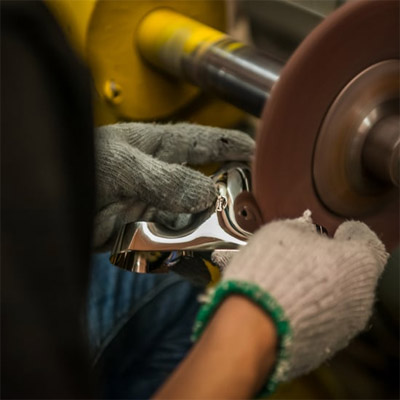
Are you also looking for some effective techniques and methods of metal polishing to achieve a smooth and shiny finish on metal surfaces? Here comes the answer! Polishing of metals encompasses a range of techniques tailored to achieve specific finishes.
Manual Polishing
Manual polishing involves the skilled handcrafting of metal surfaces using abrasive materials such as sandpaper, polishing compounds, and buffing wheels. Craftsmen leverage their expertise to control the pressure and motion, achieving precision in the polishing process.
Mechanical Polishing
Mechanical polishing employs various machines, including belt sanders, polishing wheels, and rotary tools. These machines offer efficiency and consistency, automating the polishing process for larger production volumes.
Electrolytic Polishing
Electrolytic polishing involves immersing the metal in an electrolyte solution and applying an electric current. This technique selectively dissolves surface irregularities, resulting in a smooth and polished finish.
Vibratory Polishing/Ultrasonic Polishing
Vibratory polishing employs vibrating containers filled with abrasive media and metal parts. The friction and movement between the media and metal create a polishing action, ideal for achieving a uniform finish on intricate or delicate parts.
Centrifugal Polishing
Centrifugal polishing utilizes centrifugal force to distribute abrasive media over metal parts. This high-speed method is effective for the rapid polishing of small, intricate components.
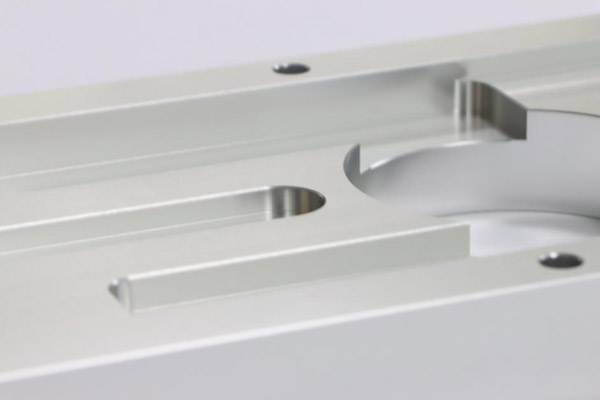
Metal polishing compounds are used to achieve the desired finish on a metal surface. They come in various forms and are designed for specific types of metals and finishes.
Metal Polish
Metal Polish is a general-purpose compound suitable for a wide range of metals. It contains fine abrasive particles that can remove minor surface imperfections and oxidation, leaving a shiny finish for the polished metal metallic.
Metal Polish for Cast Iron
This compound is more aggressive than general metallic polish and can handle the harder surface of cast iron.
Brass Metal Polish
This is a gentle compound designed for softer metals like brass. It can clean, polish, and protect the surface without causing damage.
Best Metal Polish for Aluminum
Aluminum is a soft metal that requires a gentle compound. The best metal polish for aluminum is one that can clean and polish without scratching the surface.
The best metal polish is the one that provides a balance between cleaning, polishing, and protecting the metal surface. It should be easy to use and leave a long-lasting finish.
As we know, choosing the right metal polishing compound is also essential to achieve the desired results. This process depends on the type of metal and the desired finish.
Identify the Metal
Different metals require different polishing compounds. For example, brass requires a gentle compound, while cast iron requires a more aggressive one.
Determine the Desired Finish
If you want a mirror-like finish, you will need a fine polishing compound. If you are removing deep scratches or oxidation, you might need a coarser compound.
Consider the Application Method
Some compounds are designed for manual application, while others are meant for use with a metal polishing machine.
Polishing metal to a mirror finish requires not only the right compounds but also the right tools and equipment.
1. Polishing Wheels
These are circular pads made from various materials such as cotton, sisal, or felt. They are used in conjunction with a polishing compound to buff and polish the metal surface.
2. Buffing Pads
Buffing pads, often made of foam or wool, are used for hand polishing or with power tools. They help distribute pressure evenly, ensuring a consistent and smooth polishing process.
3. Polishing Compounds
These are abrasive materials that are applied to the polishing wheel to remove imperfections and polish the metal surface.
4. Rotary Tools4
These are handheld power tools that can be used with a variety of attachments, including polishing wheels and brushes.
5. Sanding Belts and Discs
These are used for the initial stages of polishing to remove major imperfections and prepare the surface for polishing.
6. Bench Grinders
These are stationary machines that have a motor and a spindle. They are used with a polishing wheel for larger, flat surfaces.
7. Buffing Machines
These are larger machines that are used for high-volume or industrial applications.
The key to achieving durability and consistent performance lies in investing in high-quality tools and equipment.
✔Quality: Look for tools and equipment that are well-made and durable.
✔Suitability: Choose tools and equipment that are suitable for the type of metal and the size of the piece you are working on.
✔Versatility: If possible, choose tools and equipment that can be used with a variety of attachments and compounds. This will give you more flexibility in your polishing tasks.
✔Price: Compare prices and features to ensure you are getting the best value for your money.
✔Safety Features: Prioritize tools with safety features, such as adjustable speed settings and ergonomic designs.
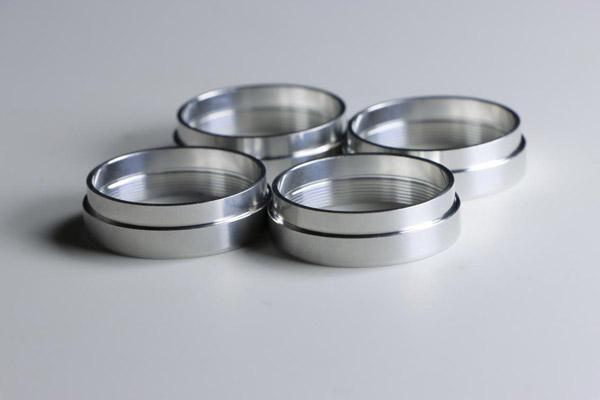
Polishing metal at home can be a rewarding task. Here’s a simple step-by-step guide on how to polish metal at home.
Before you start, gather all the necessary materials:
Safety Glasses
Gloves
Metal Polish
Mild Detergent
Water
Soft Cloth or Rag
Brushes (optional)
Buffing Wheel (optional)
Metal Polishing Kit (optional)
1. Safety First: Put on your safety glasses and gloves.
2. Clean the Metal: Mix water with a mild detergent. Use this solution to clean the metal object. Dry it thoroughly.
3. Apply Metal Polish: Apply a small amount of metal polish to the metal using a soft cloth or rag. Rub it in a circular motion.
4. Polish the Metal: Continue rubbing the polish into the metal until it starts to shine. For larger pieces, you can use a buffing wheel.
5. Buff the Metal: Use a clean cloth to buff the metal and remove any excess polish.
6. Repeat if Needed: If the metal isn’t shiny enough, repeat the process.
When you search for “metal polishing near me”, you’ll find a variety of services available. However, choosing the right metal polishing service provider requires careful consideration.
Experience and Expertise
Look for a metal polishing services provider with extensive experience and expertise in the industry. Consider how long they have been in business and their track record of delivering successful projects. A provider like Richconn with specialized knowledge and skills in metal polishing techniques will likely deliver better results.
Materials and Techniques
Inquire about the materials and techniques used by the provider. Richconn uses high-quality polishing compounds, abrasives, and other materials suitable for the specific metal being polished.
Customization Options
Consider the provider's ability to accommodate your specific needs. Whether it's a unique design, specific finish requirements, or a particular deadline, the provider should be willing to work with you and offer customization options. Just opt for Richconn which offers customization options to cater to your specific needs.
Quality Assurance
Check if the provider has a robust quality assurance process. They should have strict quality control measures in place to ensure consistent and superior results. Ask about their inspection procedures and if they offer any guarantees for the work done. Richconn, for example, focuses on quality control and utilizes a strict quality management system.
On-time Delivery
Richconn is known for its efficient production processes and excellent supply chain management, ensuring no delays in your production schedule.
Cost and Value
While cost shouldn't be the sole determining factor, it's important to consider the pricing structure and overall value offered by the provider. Obtain quotes from multiple providers and compare them in terms of services provided, quality expectations, and turnaround time. Richconn keeps offering the best metal polishing solutions at a quite affordable price for each customer.
Metal polishing is a versatile process with wide-ranging applications in various industries.
Automotive Industry: Metal polishing enhances the appearance of vehicle components.
Home Decor and Furnishings: Metal polishing elevates the aesthetic appeal of furniture and decor.
Jewelry Manufacturing: Metal polishing improves the finish and brilliance of precious metals.
Medical Equipment: Metal polishing ensures hygiene and precision in medical devices.
Architectural Finishes: Metal polishing enhances the visual appeal of buildings and structures.
Art and Sculptures: Metal polishing elevates the visual impact of metal artworks.
Industrial Machinery: Metal polishing reduces friction and enhances efficiency in machinery components.
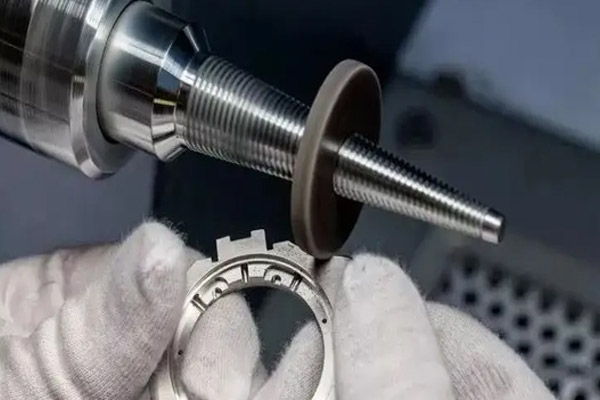
Metal polishing not only enhances the aesthetic appeal of a metal object but also extends its lifespan by preventing corrosion and wear. Whether it’s a precious family heirloom, a piece of industrial machinery, or a brand-new piece of jewelry, proper polishing can make all the difference. By polishing it, we are not just improving its appearance, but we are also preserving its history and prolonging its future.
For questions on Richconn’s metal polishing services, or for information on its products and services, contact Richconn today!
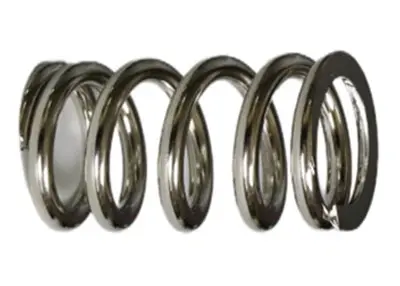 Types of Springs | Guidelines, Spring Types, and ApplicationsOctober 18, 2023Springs play a crucial role in various products, providing motion and shock absorption. This article will show you different types of springs and how to choose the right one.view
Types of Springs | Guidelines, Spring Types, and ApplicationsOctober 18, 2023Springs play a crucial role in various products, providing motion and shock absorption. This article will show you different types of springs and how to choose the right one.view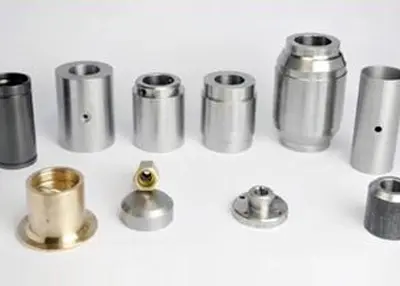 What is a shaft in manufacturing? Detailed Process and TypesMay 4, 2024Explore the detailed process of shaft machining, its types, and surface finish choice. Discover challenges where shaft machining could be avoided.view
What is a shaft in manufacturing? Detailed Process and TypesMay 4, 2024Explore the detailed process of shaft machining, its types, and surface finish choice. Discover challenges where shaft machining could be avoided.view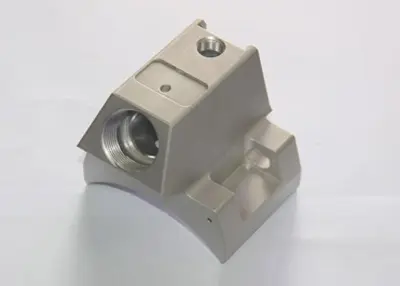 Anodized Aluminum: How to Anodize Aluminum Parts?January 23, 2024Are you familiar with anodizing aluminum? If not, you can read this article and get to know about the process and other related things.view
Anodized Aluminum: How to Anodize Aluminum Parts?January 23, 2024Are you familiar with anodizing aluminum? If not, you can read this article and get to know about the process and other related things.view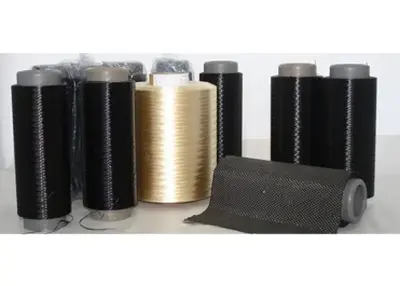 Super-material carbon fiber: raw material production and its application and processingDecember 20, 2023Carbon fiber materials are used more and more widely, and their manufacturing is correspondingly accepted by more people. Price, capability and quality are all our advantages.view
Super-material carbon fiber: raw material production and its application and processingDecember 20, 2023Carbon fiber materials are used more and more widely, and their manufacturing is correspondingly accepted by more people. Price, capability and quality are all our advantages.view Common Cheap CNC Material - An Overview of PlasticsJune 17, 2024Cheap CNC Material——ABSABS is one of the most common cheap CNC material, with good mechanical properties, excellent impact strength, high heat resistance, and good machinability.ABS has a low densit...view
Common Cheap CNC Material - An Overview of PlasticsJune 17, 2024Cheap CNC Material——ABSABS is one of the most common cheap CNC material, with good mechanical properties, excellent impact strength, high heat resistance, and good machinability.ABS has a low densit...view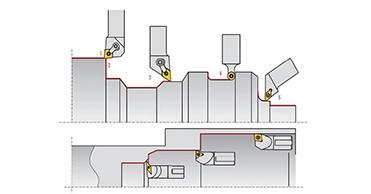 American Scientific Research Has Found A Fast And Effective Processing Method Of Low-Temperature Titanium AlloyMay 30, 2022Titanium is widely used in the aerospace industry because of its high strength and low density. However, compared with steel, aluminum, and other metals, its hot processing cost is high and it is at a...view
American Scientific Research Has Found A Fast And Effective Processing Method Of Low-Temperature Titanium AlloyMay 30, 2022Titanium is widely used in the aerospace industry because of its high strength and low density. However, compared with steel, aluminum, and other metals, its hot processing cost is high and it is at a...view